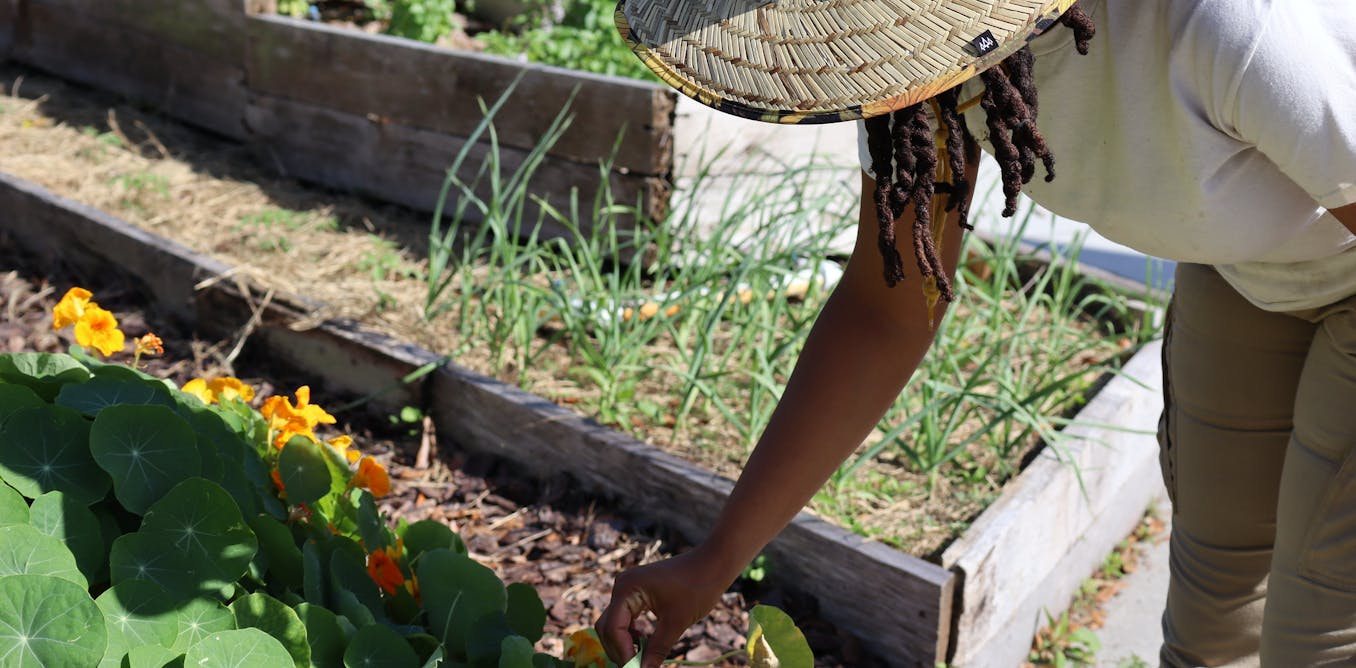Some Known Questions About City Blooming.
Some Known Questions About City Blooming.
Blog Article
Getting The City Blooming To Work
Table of ContentsNot known Details About City Blooming Indicators on City Blooming You Need To KnowLittle Known Facts About City Blooming.Not known Details About City Blooming Unknown Facts About City Blooming
Intrigued in growing food to buy in the City of Chicago? Believing regarding starting a community garden? Adjustments to the Chicago Zoning Ordinance allow agricultural usages like neighborhood yards and city farms in several components of the city. Below is a list of regularly asked concerns relating to the regulations and laws that farmers must think about when intending a city farming job.
The zoning amendment does not modify any kind of various other codes managing composting, building licenses, purchasing or renting City owned residential or commercial property, company licenses or environmental contamination. There are existing codes that manage these concerns and they continue to be in full effect and may be appropriate to your project. Area yards are typically owned or managed by public entities, civic organizations or community-based organizations and maintained by volunteers.
Urban farms expand food that is intended to be offered, either on a not-for-profit or for-profit basis. Due to their commercial purpose, metropolitan ranches call for a service certificate. Yes. A community garden is enabled to offer excess generate that was grown on website if the sales are accessory or secondary to the yard's primary objective described over.
Some Known Facts About City Blooming.
The quantity of compost product can not exceed 25 cubic backyards at any type of offered time according to the criteria in 7-28-715 of the City's Municipal Code. Since the soil at many new garden sites requires amending, garden compost, dirt, wood chips, or various other products can be acquired to create or enhance the growing space.

If a building authorization is called for then the hoophouse will certainly be taken into consideration an accessory building. You can figure out more about the building license demands by contacting the Division of Structures. The 25,000-square-foot dimension limit is intended to avoid a solitary area yard from dominating an offered block or detracting from the block's existing residential or commercial personality.
The restriction does not relate to gardens located in Public Open Area (POS) districts. Can there be greater than one community yard that is 25,000 square feet on a solitary block? Yes. The dimension limit uses to individual yards, not to specific blocks. No. Fencing is not required, nevertheless, gardens that have large vehicle parking locations may be called for to set up secure fencing or other landscaping attributes.
How City Blooming can Save You Time, Stress, and Money.
B1 & B2 areas require that all commercial use activities be carried out inside. R districts restrict commercial activity. The guidelines show the purpose and intent of the Zoning Code. Is fence needed for urban ranches? Yes. Fencings may be needed, along with landscaping and screening, for particular vehicle parking locations and outside work or storage space locations relying on area and the specific task taking area.
Urban ranches require structure authorizations and zoning approvals prior to construction (fruit and vegtables). Various other forms of city testimonial might be required depending on certain structures, tasks, size, landscape design, licensing, public health and stormwater management concerns.
Yes. The kind of permit is determined by what is taking place at the website. The Division of Organization Matters and Customer Protection can aid identify the details kind Clicking Here of service permit that's required. Yes. Off road car park is required for a lot of business tasks in Chicago. The needed number of garage is based on the number of staff members working with site and not the square video footage of the expanding room.
The Buzz on City Blooming

A city ranch can offer compost material generated on site, however, the operation should conform with the laws in 7-28-715 of the Chicago Municipal Code. Aquaponic systems are allowed inside your home on urban farms in numerous zoning areas.
Up to five hives or colonies of honey bees might be kept as an accessory use. Nevertheless, beekeepers should sign up with the Illinois Division of Agriculture. For additional information about the proposed zoning amendment you may get in touch with the Department of Real Estate and Economic Development, Bureau of Preparation and Zoning at 312.744.8563.
, which takes location in rural areas at the side of residential areas.
8 Easy Facts About City Blooming Described
It can involve a motion of natural cultivators, "foodies" and "locavores", that look for to form socials media based on a common values of nature and community holism. These networks can develop by means of formal institutional assistance, coming to be integrated into neighborhood town as a "transition town" movement for sustainable city development.
In either instance, the more straight access to fresh vegetable, fruit, and meat items that may be know via city agriculture can improve food protection and food security while reducing food miles, causing reduced greenhouse gas discharges, consequently contributing to environment change reduction. Several of the very first proof of city agriculture originates from Mesopotamia.
Report this page